Catalpa worms, also known as catawbas, are the caterpillar stage of the Sphinx moth. They attack catalpa trees and are recognized pests in many areas. However, catalpa worms are prized as catfish bait and some growers nurture trees just for harvesting and sales to fishermen.
Like many other caterpillars, catalpas spend the winter underground in the pupae stage. Generally, the soil around catalpa trees will be prime nursery territory. As spring nears, or temperatures are warming, adults emerge to mate. Females deposit eggs in a mass on the leaves’ undersides, abandoning their young afterward. A week later, up to 1,000 eggs can hatch from a single adult. In this stage, catalpas are recognized by a horn-like spike at the rear. For about three weeks, the catalpa worms feed and grow, moving from leaf to leaf in a solid wave of defoliation.
The cycle begins again when the catalpa worm drops to the ground and pupates, preparing for adulthood. Typically a complete catalpa life cycle is about six weeks, which means several generations can occur within a single year. Only the last hatching in the fall leaves the pupae overwintering underground.
Most trees can withstand several seasonal attacks from catalpa worms. They’ll refoliate quickly, although some show stress over time. Limbs may die back and in the case of unhealthy or immature trees, they may fail to thrive at all. The main nuisance is the unsightly appearance caused by catalpa worms.
Three prevention and control methods may help in reducing catalpa worm infestation. Hand picking the egg masses is time-consuming but effective on smaller trees and low-hanging branches. Chemical spraying may reduce the effects on large trees. Tilling the area around the trees, with care taken for the root system, may disturb and kill the pupae. Many experts recommend no action is necessary.
What makes them so appealing to catfish is what’s inside the catalpa worm. That is, the neon green goo that oozes out appears to be the fatal attraction. Experts report these “innards” are also aromatic, sending out sweet signals that many fish find attractive. Even after the worms have been threaded on a hook, they continue to be active.
Catalpa worms can also be frozen and returned to their live state when thawed. Just add them to sawdust or cornmeal in a glass jar, seal it, and place in the freezer. Let them warm up slowly and catalpa worms are ready to bring home the catch!
All About Worms is always free, always reader-supported. Your tips via CashApp, Venmo, or Paypal are appreciated! Receipts will come from ISIPP Publishing.




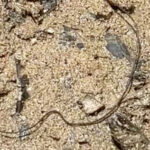
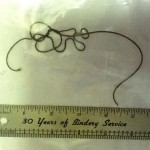
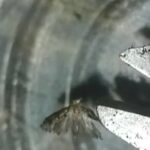
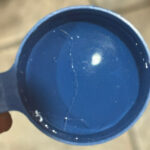
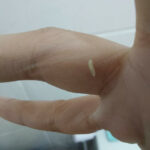
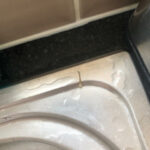
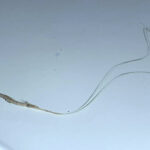


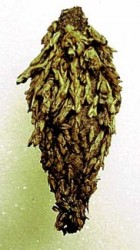



catalpa worms do not lay or deposit eggs: only female catalpa moths deposit eggs generally on the undersid of a catalpa leaf but under adnormal conditions will deposit anywhere on a catalpa tree. the white looking eggs are actually the cocoon stage of a paparastic wasp completing its life cycle before flying away ti attack other caterpillars. the green beetle is one of several hundred species found in the united states that eat catalpa worms ranging in many colors.
is it harmful if my dog eats a catalpa tree worm?
I do not know of wasps killing Catalpa worms, but I do know of Cicada killer wasps that sting/paralize cicadas on the trees. They are a huge wasp and are able to fly the Cicada to their complex IN THE GROUND. lays eggs in the body of the Cicada for its larva when hatched to eat/live on
is there some where you can buy catalba trees
I get a white lice or something on my trees and over time the tree dies ,what can I do to protect them from this
is it harmful if my dog eats a catalpa tree worm?
My trees haven’t had worms in the past 2 summers. Does anyone know why they have left my trees??
My Dad use to wait on them. He said they came every 7 years.
I want to feed catalpa worms something other than my catalpa tree leaves.
Any suggestion
The eggs are pupae of a wasp that lays its eggs inside the caterpillar. It kills them before they can reproduce.
Ms. Faye,
Do you have any worms this year? We would love some to restart ours; we haven’t had any since the year we saw the egg-covered worms.
Thanks,
Annette
Hello,
I have a question about Catalpa worms. We have a Catalpa tree and it has the Catalpa worms on them, but alot of the worms have tiny white looking things (presumably eggs) attached to their body. Some of their bodies are just covered with eggs. I have seen several of these egg covered worms dead. My question is this–do catalpa’s lay eggs on themselves or other worms or do you think there may be a parasite doing this. We live in Louisiana. I did notice a green beetle looking bug had a hold of one of the worms (the worm was dead but covered with eggs). What is your opinion. Would appreciate your reply.
Thanks
Faye Lee